How long does it take to get a suit fitted? Whether you’re preparing for a wedding, a job interview, or a formal event, knowing the timeline can help you plan confidently and avoid last-minute stress. In this guide, I’ll walk you through the fitting process from start to finish—sharing what affects the timeline, what to expect at each stage, and how to ensure your suit is ready when you need it most. Let’s make sure your suit doesn’t just look sharp, but arrives on time, too.
1. What does getting a suit fitted really mean?
When we talk about getting a suit fitted, we’re referring to the process of adjusting or crafting a suit so that it contours to your body in the most flattering and comfortable way possible. A good fit isn’t just about measurements—it’s about proportion, movement, and the feeling of quiet confidence that comes with wearing a suit that truly belongs to you.
There are three main approaches to suit fitting, and each comes with its own timeline and level of customization.
Alterations
Suit alteration involve adjusting an off-the-rack suit to better fit your body. This might include taking in the waist, shortening the sleeves, or adjusting the length of the trousers. Alterations are usually the quickest option and ideal for those who need a suit on short notice but still want to look sharp.

Made-to-measure
This method starts with a pre-existing pattern, which we then customize based on your measurements and preferences. You’ll choose the fabric, style and fit. After a few fittings, the suit will be tailored specifically to your frame. It offers more personalization than off-the-rack, but with a faster turnaround than full bespoke.
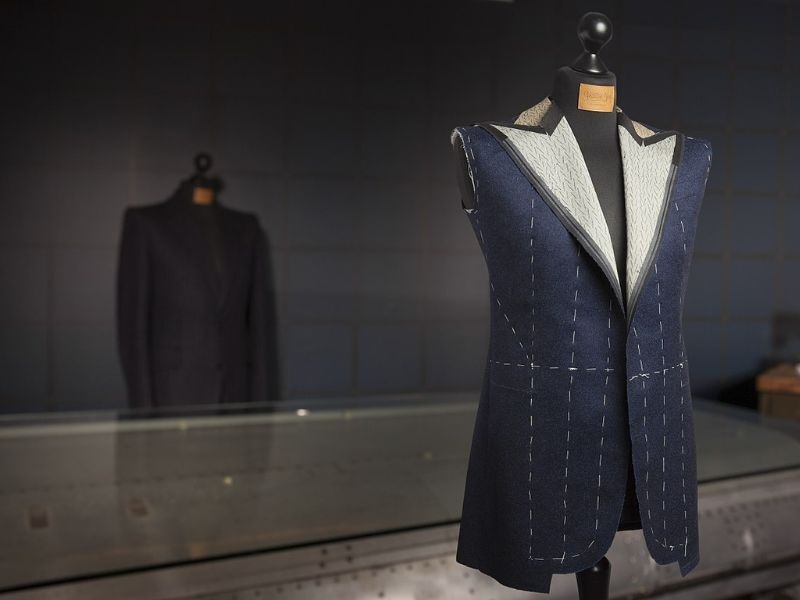
Bespoke tailoring
The gold standard of suit craftsmanship, with every detail is built from scratch: from hand-drawn patterns to multiple rounds of fitting. It’s a collaboration between tailor and client, ensuring that every inch of the suit aligns with your posture, build, and personal taste. This process takes the longest, but the result is a suit unlike any other.
No matter which route you choose, the purpose of a fitting remains the same: to enhance your silhouette, provide all-day comfort, and elevate your presence in any setting.
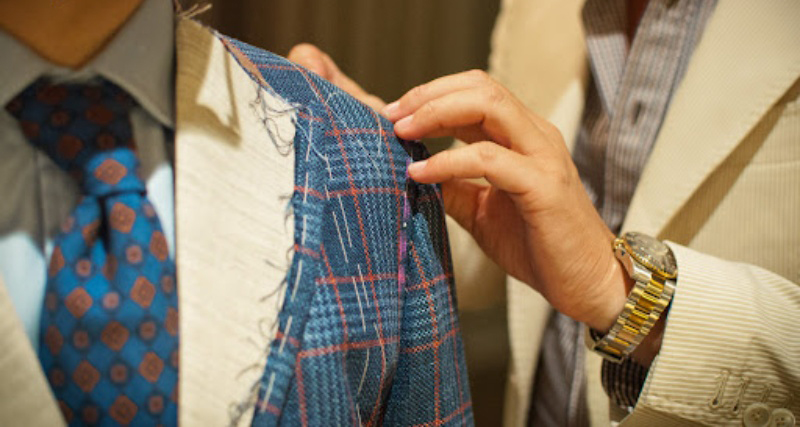
2. How long does it take to get a suit fitted (on average)
So, how long does it take to get a suit fitted? The answer depends on the type of suit you choose and the level of tailoring involved. Let’s break it down so you can plan accordingly.
Off-the-rack suit
If you’re working with an off-the-rack suit, the fitting process is relatively quick. Since the garment is already made, a tailor will only need to perform basic alterations—such as adjusting the sleeve length, taking in the waist, or hemming the trousers. In most cases, you can expect your suit to be ready in 2 to 5 days, depending on the tailor’s workload and the number of adjustments required.
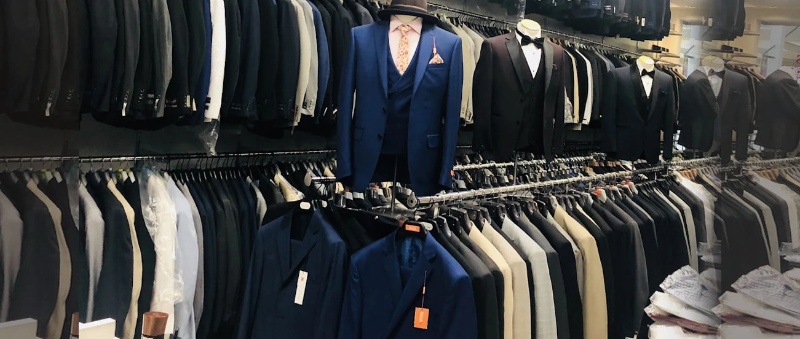
Made-to-measure suit
With a made-to-measure suit, the timeline is slightly longer, because the suit is created based on your measurements but still uses a pre-set pattern. After your initial appointment, the suit is crafted and then fine-tuned through one or two fittings. From start to finish, you should allow 1 to 3 weeks for the entire process. This is a great balance for those who want something more personal than off-the-rack but don’t have time for full bespoke tailoring.

Bespoke suit
If you’re investing in a bespoke suit, prepare to give the process the time and attention it deserves. Every detail—from the fabric and lining to the lapel width and button stance—is crafted from scratch to match your build and preferences. This level of precision typically requires 4 to 8 weeks, sometimes longer if the design is complex or your tailor has a full schedule. Bespoke tailoring involves multiple fittings and careful handwork, so patience is essential—but the result is truly one of a kind.

3. Factors that affect how long a suit fitting takes
When asking how long does it take to get a suit fitted, it’s important to remember that not every timeline is the same. Several factors can influence the process:
The type of suit plays a major role
As we’ve discussed, off-the-rack suits typically require minor alterations and are the quickest to fit. Made-to-measure suits need more time for construction and adjustments, while bespoke suits, with their entirely custom patterns and hand-finished details, take the longest. The more personalized your suit is, the more time you’ll need to set aside for fittings.

Consider the tailor or shop you choose
Every tailor has their own pace and process. Some work solo and may take longer during busy periods, while larger tailoring houses or modern ateliers might have a dedicated team that can move things along more quickly. That’s why it’s always a good idea to ask about lead times before your first appointment.
The time of year
This can significantly affect your suit fitting timeline. Typically wedding season like spring and summer, year-end holidays and graduation season are especially busy times in the world of tailoring. During these periods, appointment slots fill quickly, and turnaround times may extend by several days or even weeks. Planning ahead can help you avoid delays and secure the time and attention your suit deserves. Ideally several weeks before your event.

4. Suit fitting process – step-by-step
Understanding the suit fitting process helps you know what to expect and how to plan for it. Whether you’re buying your first suit or refining your wardrobe, each fitting stage plays a vital role in ensuring the final result feels as good as it looks. Here’s how it processes.
Step 1: Initial fitting & measurements
Your journey begins with a consultation. This is where we take precise measurements and discuss your style preferences, the occasion, and how you like your suit to feel—snug, structured, relaxed, or somewhere in between. If you’re altering an off-the-rack suit, we’ll assess what needs adjusting. For made-to-measure or bespoke suits, this step includes fabric selection, design choices, and setting expectations for the timeline. This appointment usually lasts 30–60 minutes.
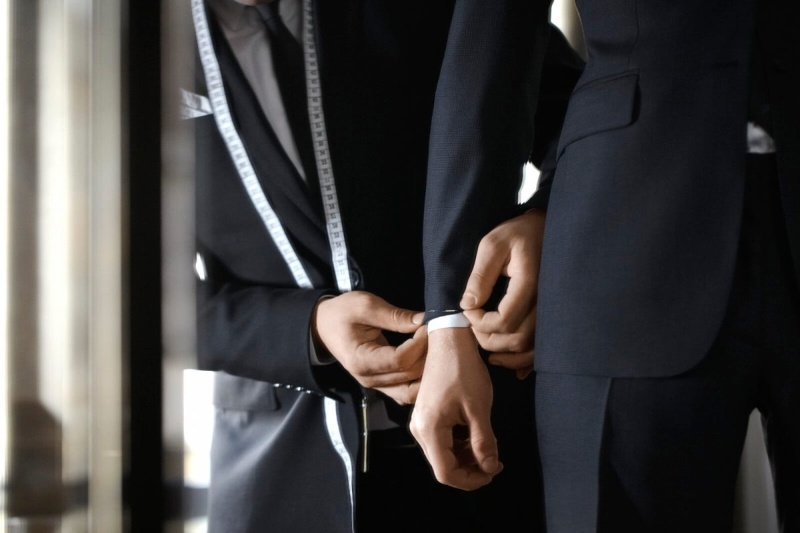
Step 2: First round of alterations or pattern creation
For off-the-rack suits, this is when the tailor performs the initial adjustments based on your measurements. For made-to-measure and bespoke, it’s the stage where the pattern is drafted and the base garment is constructed. This step can take anywhere from a couple of days to a few weeks, depending on the complexity of the work and the tailor’s schedule.

Step 3: Second fitting & adjustments
Once the suit is ready in its first form, you’ll come in to try it on. At this fitting, we’ll fine-tune the garment: adjusting the jacket’s waist, tapering the sleeves, correcting the trouser break, and making sure everything sits perfectly when you move. For bespoke suits, this is often one of several fittings. We may mark more changes here before sending it back for further work.
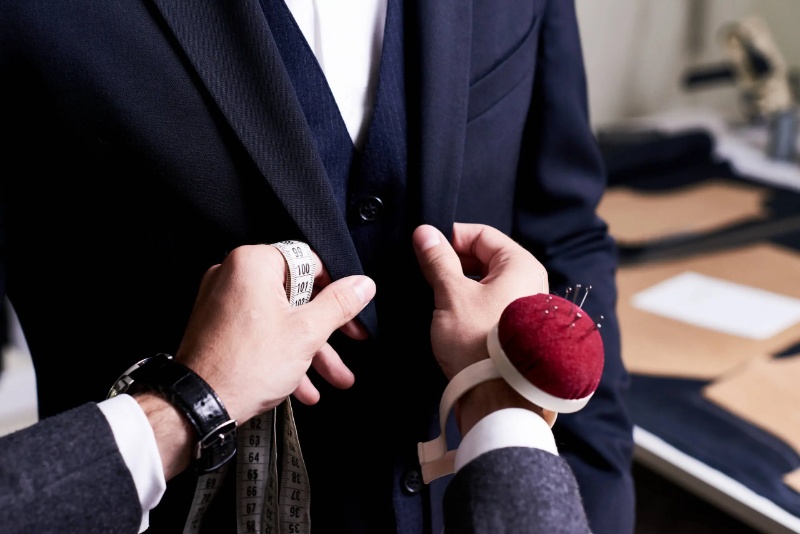
Step 4: Final fitting and pick-up
The last fitting is where it all comes together. At this point, the suit should feel like a natural extension of your body—clean lines, balanced proportions, and effortless comfort. We’ll make any final minor tweaks if needed, but ideally, you’ll be able to walk out with your suit, ready for the big day. Depending on the tailoring method, this final step may happen just a few days after your second fitting or several weeks later.
In some cases like bespoke tailoring, there may be intermediate fittings added in between, especially if the construction is complex or your posture or build requires more detailed adjustments. These extra steps might extend the timeline slightly, but they’re part of the care and craftsmanship that create a truly perfect fit.

5. When should you schedule to get your suit fitted?
Timing is everything when it comes to a well-fitted suit. While the fitting process itself can take anywhere from a few days to several weeks depending on the type of tailoring, knowing when to start is just as important as knowing how long it takes.
For formal events like weddings, I always recommend beginning the fitting process at least 8 to 10 weeks in advance, especially if you’re considering made-to-measure or bespoke. This allows time for multiple fittings, unexpected changes, and peace of mind as the big day approaches. Grooms, groomsmen, or even guests who want to look their sharpest should never leave it to the last minute.
For job interviews or business events, a 3 to 4-week window is usually sufficient if you’re working with off-the-rack or made-to-measure suits. This gives enough time to handle alterations without rushing, ensuring you walk in looking polished and confident.
For prom or graduation, starting 4 to 6 weeks in advance is ideal. These events often fall during busy seasons for tailors, so booking early helps avoid the rush and ensures you get the attention your suit deserves.

6. How to speed up the fitting process (without sacrificing quality)
If you’re on a tight schedule but still want a suit that fits like it was made just for you, there are ways to make the process more efficient—without cutting corners. In my years of tailoring, I’ve seen how a few smart steps can save days, even weeks, while still delivering exceptional results.
Choose a reputable tailor with a clear fitting schedule
An experienced tailor won’t just take your measurements—they’ll guide you through a structured timeline, set realistic expectations, and communicate every step of the way. Look for someone with a proven track record, a clean and efficient workspace, and most importantly, a fitting calendar that respects your deadlines.

Bring the right items to your fitting
Especially the shoes and accessories you plan to wear with the suit. The height of your shoes affects the trouser hem, and your choice of shirt or tie can subtly influence how we shape the jacket’s neckline or lapel. By trying everything on together, we avoid surprises later and speed up the adjustments with fewer revisions.
Stay responsive throughout the process
Tailoring is a two-way conversation. Whether we need your approval on a detail or a quick confirmation for a second fitting, timely feedback helps us keep everything moving smoothly. Delays in communication are one of the most common reasons fitting timelines get pushed back.
Remember: getting a suit fitted doesn’t have to take forever, but it does require coordination, preparation and trust in your tailor. With the right approach, you can walk away with a beautifully fitted suit—on time, and on point.
One of the most common mistakes I see is waiting until the last minute, hoping that a quick fix will solve everything. While some basic alterations can be turned around in 24–48 hours, last-minute suits often result in compromises: rushed adjustments, limited fabric options, and less time to correct fit issues.
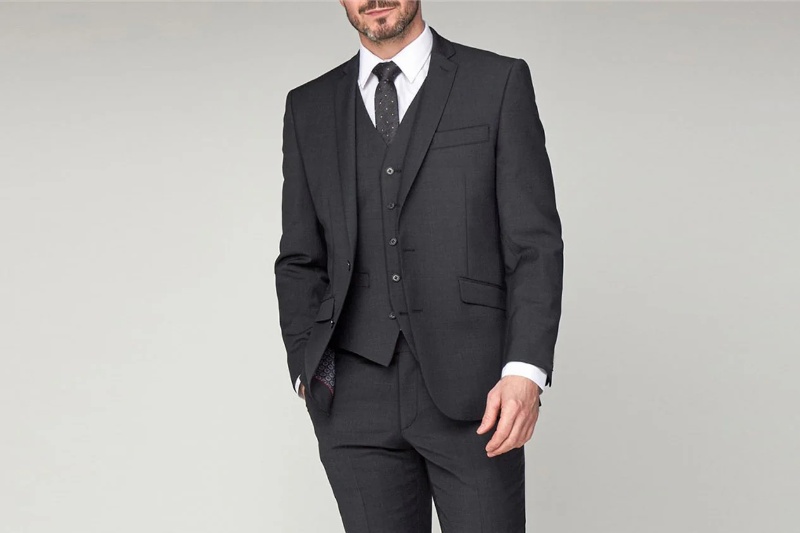
So for the conclusion, how long does it take to get a suit fitted? In most cases, you’ll need anywhere from a few days to a couple of weeks, depending on whether you’re altering an off-the-rack suit or having one made to measure. While the timeline can vary, one thing remains certain: a well-fitted suit is always worth the wait. As a tailor, I can tell you that nothing compares to the confidence and comfort of wearing a suit that fits you just right. It isn’t just about measurements but about preparation, precision, and a touch of personal style.
Image cre: Internet
